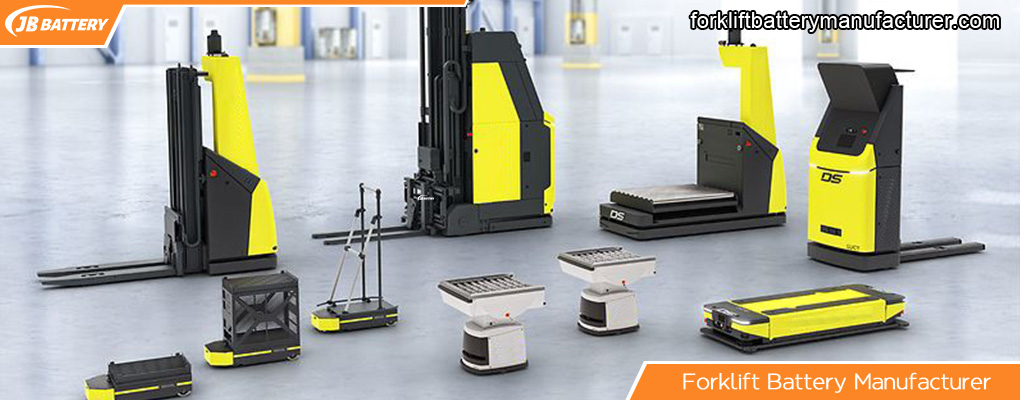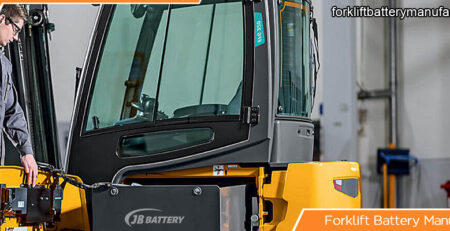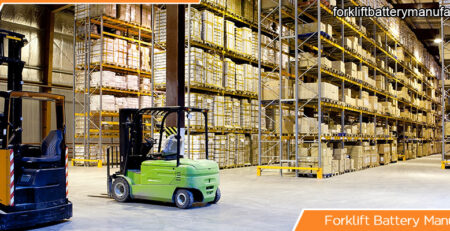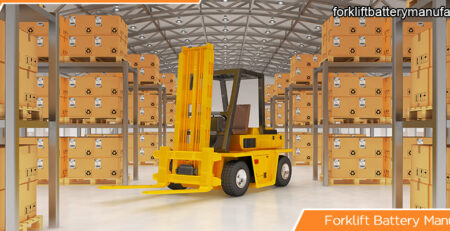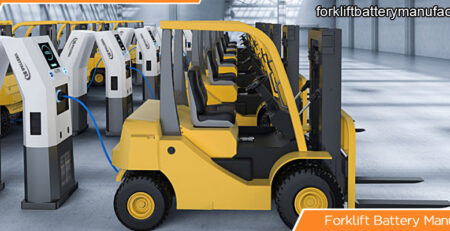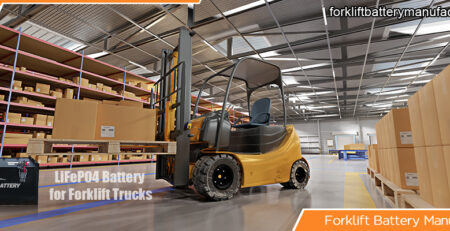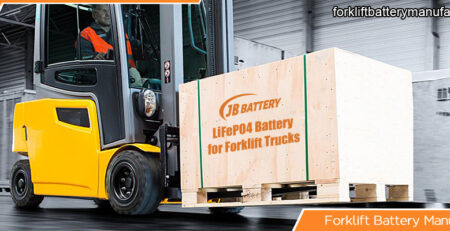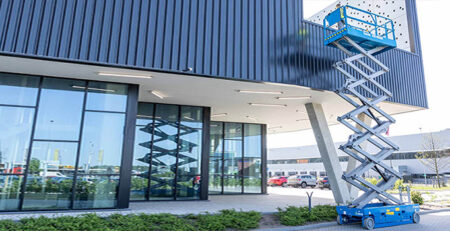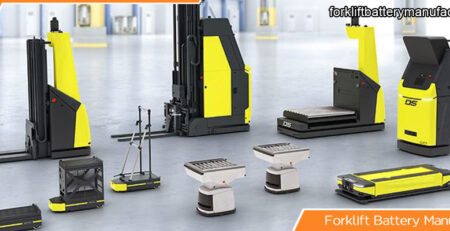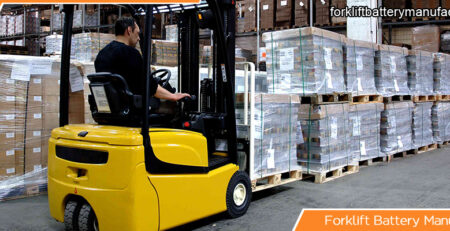How Much Does an Electric Forklift Battery Weight? — Forklift Battery Weight Chart For Electric Counterbalanced Forklift
How Much Does an Electric Forklift Battery Weight? — Forklift Battery Weight Chart For Electric Counterbalanced Forklift
If you have a forklift as part of your business, then you might as well know the importance of finding the right battery. When people go to buy electric forklift batteries, it appears they do not pay so much attention to the battery’s weight. Interestingly, this is a very significant factor that should be considered for forklift batteries. The weight of the battery you are using for your forklift could impact the total cost of your operations.
Therefore, this article will be revealing how your battery’s weight can influence how your forklift is operated in several areas.
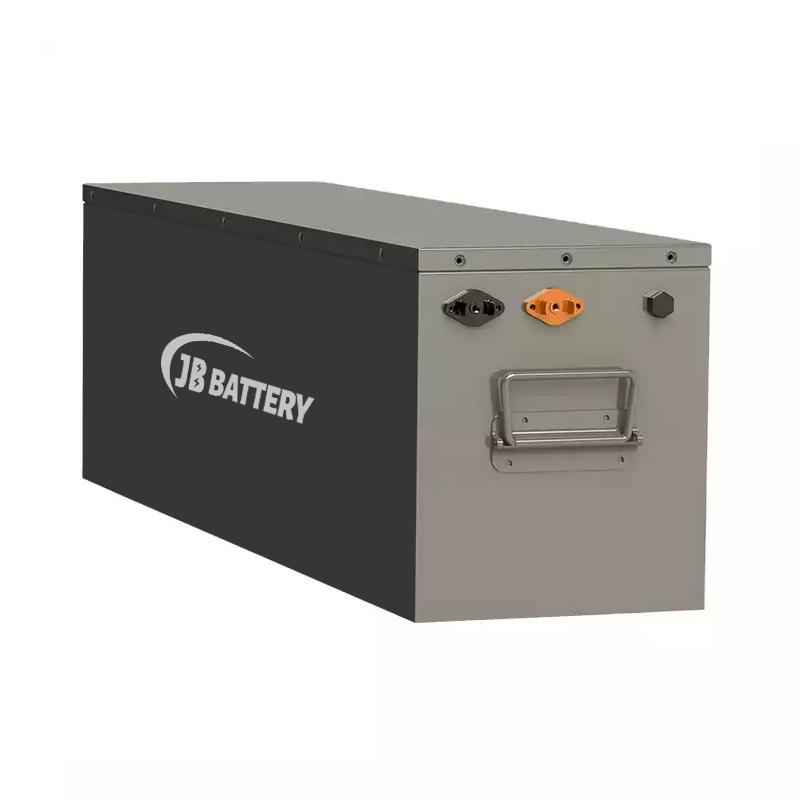
What is the average weight of an electric forklift battery?
Electric forklift batteries are known to weigh a lot. You can expect a forklift battery to weigh anywhere between 1000 pounds and 4000 pounds. The forklift type you are using is what will determine the exact weight. There are also other factors that come into play when determining the weight of an electric forklift battery.
Categorization of electric forklift batteries are in 3 groups. The groups are the 36V, 48V, and 80V types. Ordinarily, higher voltage would mean a heavier battery. On top of that, there are other factors that make the different battery groups differ from one another. Let’s look at how battery weight can affect other aspects of a forklift’s operation.
Battery composition
The components that make up a particular battery has a way of impacting the overall weight of the battery. Although you can power a forklift with either lithium-ion batteries or lead acid batteries, the tech responsible for how both batteries function seem to differ greatly. This difference does not only affect the battery’s weight. But also, the forklift’s general performance and efficiency.
We have all known lead acid batteries to be the regular batteries for supplying the power a forklift needs to operate. They normally contain liquids and a detachable top, so you can replace the water anytime it is running low. A lead acid battery is known to generate power via the combination of lead and sulfuric acid.
Li-ion batteries are new in the field of electric forklift. They work through a number of chemistries. One popular choice making the rounds in this industry is the lithium iron phosphate batteries. The general chemistry used by lithium-ion batteries ensures the battery is energy dense and compact than their lead acid counterpart. It should equally be noted that the cells come sealed right from the factory where they are manufactured. There is no need for you to keep adding water to it for it to work very well.
Li-ion batteries are also becoming a more preferred choice because they weigh a lot less than lead acid batteries. This has also led to further questions like, why are li-ion batteries that light? The answer is simple – lithium is a light kind of metal. Lithium batteries do have higher energy densities, which allow them to weigh less and be relatively smaller in terms of size.
Storage
Many forklift owners who use lead acid batteries run into storage issues because of the complications that come with such arrangements. How much storage space you have is another factor that may decide the kind of battery you should buy.
Lead acid batteries usually have an operational duration of about 5hrs, and that will be after you have done the normal 8hrs charging. And you do not just use them after charging; they need to go through an 8hrs cooling period. Therefore, if you possess forklifts in large numbers, then it becomes impossible for you to use them without a storage space. They need to be kept in a well-ventilated room after being fully charged.
The weight of a single lead acid battery is massive. So, if you have dozens of batteries you need to cool at a time, then you would realize you need a lot of space to achieve that goal. You would definitely be needing a very big rack that can withstand all that weight.
Here is where li-ion batteries seem to outshine its lead acid counterparts. Lithium batteries don’t need any form of swapping. They can be charged inside the forklift. No separate charger is necessary like in the case of lead acid batteries. Lithium batteries can be plugged into a charger nearby without removing them from the forklift. All that is required is to watch out for break periods and do the charging then. That way, storage will never be an issue.
Equipment requirements
We have established the fact that lead-acid batteries need to be taken out of their forklift for charging. And you are probably going to be doing that multiple times a day. In that light, it is only fair that you invest in an equipment that can lift the battery out of its compartment in the forklift.
In stark contrast, this will not be necessary when you are dealing with li-ion batteries. No need to consider how you will be lifting the lithium battery in and out of the forklift multiple times a day. That is because it can be conveniently charged inside the forklift. The only investment needed here is what can place the battery inside the forklift and get it out when it has lived out its lifespan. This is undoubtedly cheaper than the investment needed to run a forklift that works with lead acid batteries.
Obviously, you won’t have to use the equipment as often as you would for lead acid batteries. This means less maintenance and less labor costs for forklifts that run on lithium-ion batteries.
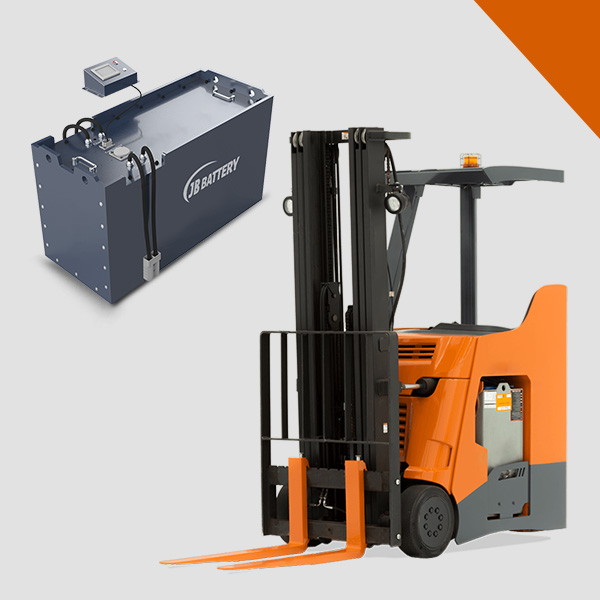
Conclusion
The weight of a battery is an important factor that influences how the forklift works. This post has pointed out various ways weight can become an obstacle to your forklift’s operation. From all the points drawn in the above post, it is clear why lithium batteries are gaining a larger part of the market share. It is easier to maintain and less expensive to run. Besides the weight, every other fact indicates that lithium-ion is a better choice for powering electric forklifts.
For more about how much does an electric forklift battery weight? — forklift battery weight chart for electric counterbalanced forklift,you can pay a visit to Forklift Battery Manufacturer at https://www.forkliftbatterymanufacturer.com/2022/06/11/how-much-does-an-electric-forklift-battery-weight/ for more info.

